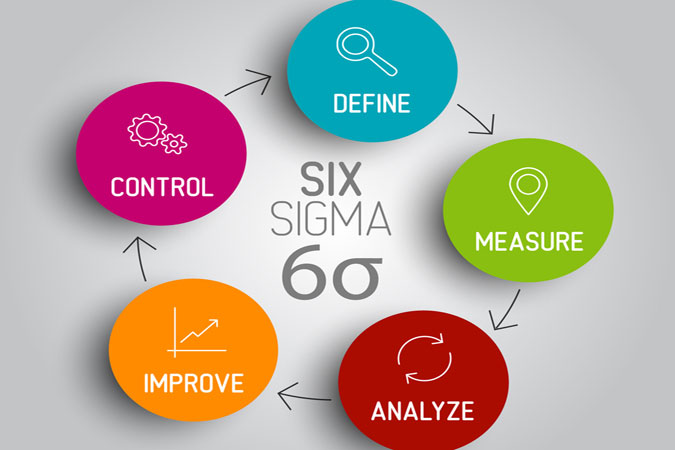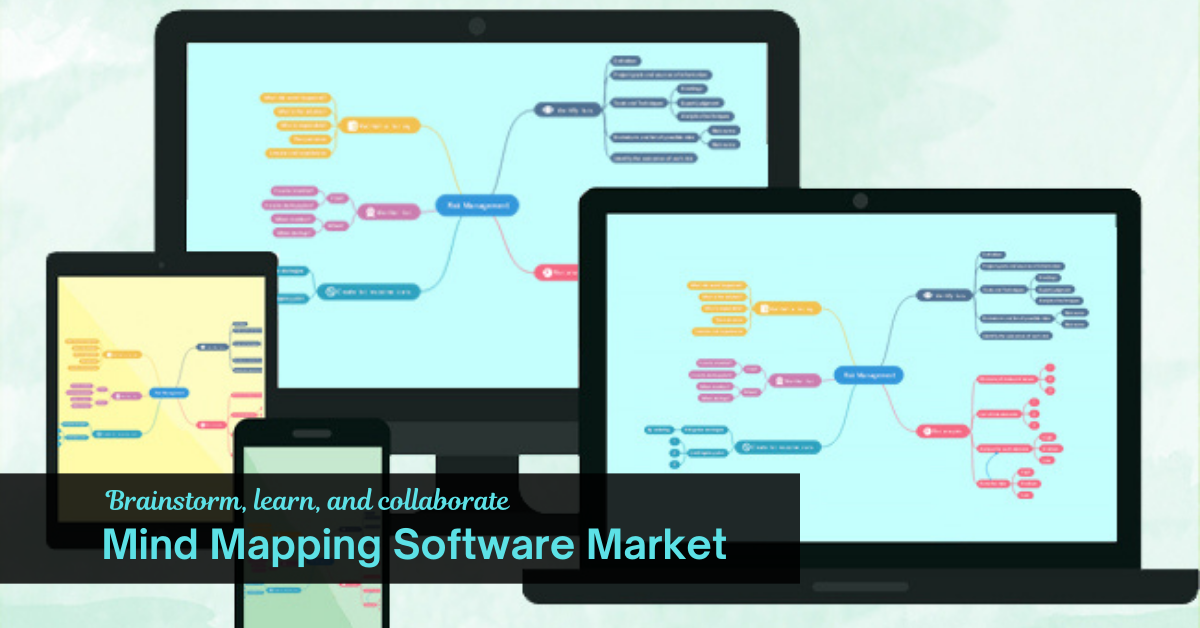What Is DMAIC Model?
When studying Six Sigma at any certification level, the most important method you will learn is DMAIC Model. This acronym stands for Define, Measure, Analyze, Improve, and Control. Furthermore, it aids in the resolution of problems where the solution is not always obvious. When using Six Sigma, your goal is frequently to improve a business process. This could imply increasing efficiency, reducing waste, or preventing manufacturing defects. But how exactly do you achieve these objectives? DMAIC is the solution!
DMAIC Methodology is a data-driven quality strategy for process improvement that incorporates a Six Sigma quality initiative. Define is the first stage of the DMAIC model. It defines the CTQ (critical to quality) issues as well as the core business process. It explains the customer requirements, customer expectations, project boundaries, stopping and starting the process, and the process flow in detail.
Learn about our Six Sigma Onsite Training
How DMAIC Model perform as an approach to problem-solving?
DMAIC is a roadmap used as the problem-solving method for process or quality improvement.
DMAIC method differs from conventional problem solving since it belongs below steps during problem-solving:
— Define
- Define customer expectations
- Define impacted business processes
- Define project boundaries
- Define metrics
- Define Team members, Project Leader
Defines the issue, opportunities, goals, and customer needs. It focuses on selecting high-impact projects by emphasising CTQ (Critical to Quality) The project charter, which includes the project objective, goal, team members, and cost benefit, will be the deliverable of the define phase.
— Measure
- Data collection
- Measure process
Process performance is measured, the current process is documented, and the baseline performance is validated. The type of data collected influences measurement system analysis during the measurement phase. Variable data – Gage R& R analysis tools, for example, are preferred for variable data. Attribute data – Attribute agreement analysis tools are preferred for attribute data. To explain the process flow, SIPOC, Process mapping, and top down charting are commonly used for both types of data.
— Analyze
- Analyze gathered Data
- Identify gap between existing and goal performance
- Analyze the cause for the gap
- Decide on the processes to be improved
Determines root causes of variation and isolates the top causes behind the CTQ. In most cases, the root cause may exceed more than three. A tool such as Pareto Chart helps to prioritize the top causes. Most commonly used tools to identify the root causes are 5- Why, Fish-bone diagram. Tools to validate the cause are Scatter Diagram, Regression Analysis, and Hypothesis Testing.
— Improve
- Identify potential solutions
- Pilot Study
- Test
- Evaluate proposed solutions
- Develop implementation plan
Fully understands the root causes and eliminates the top causes. Tools used to prioritize the solution are Affinity Diagram, Solution prioritization matrix. Tools to validate the solutions are Hypothesis Testing, Regression analysis
— Control
- Implement process
- Develop Standing Procedure
- Develop Control Plans
- Train staff on new process
Improves process and monitors future process performance. This phase involves error-proof the process and creates a checklist to sustain the changes made in the improve phase. Tools used in this phase include Standard Operating Procedure, Automation, and Checklist.








